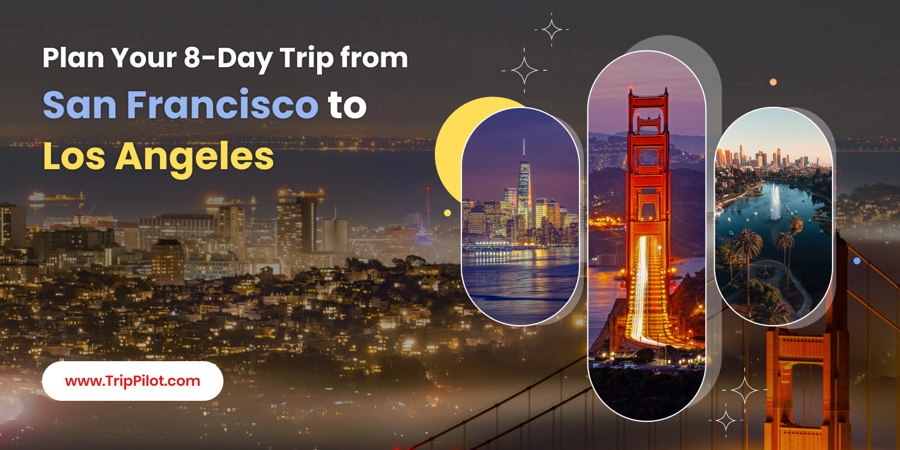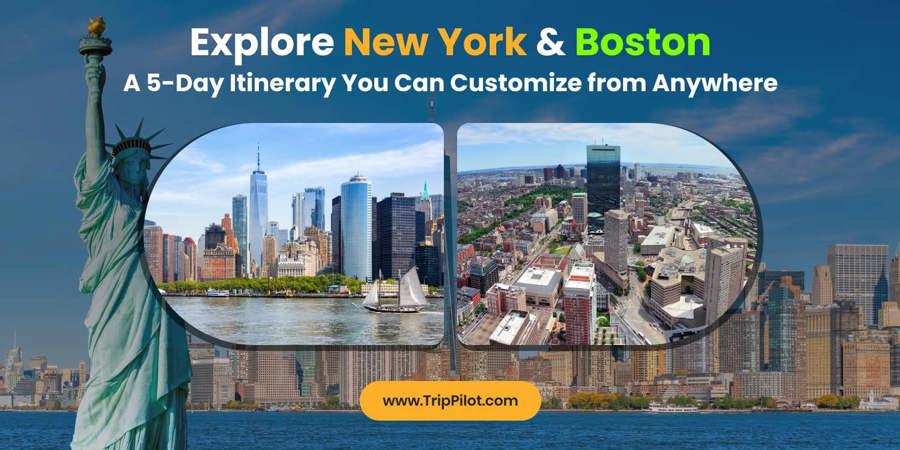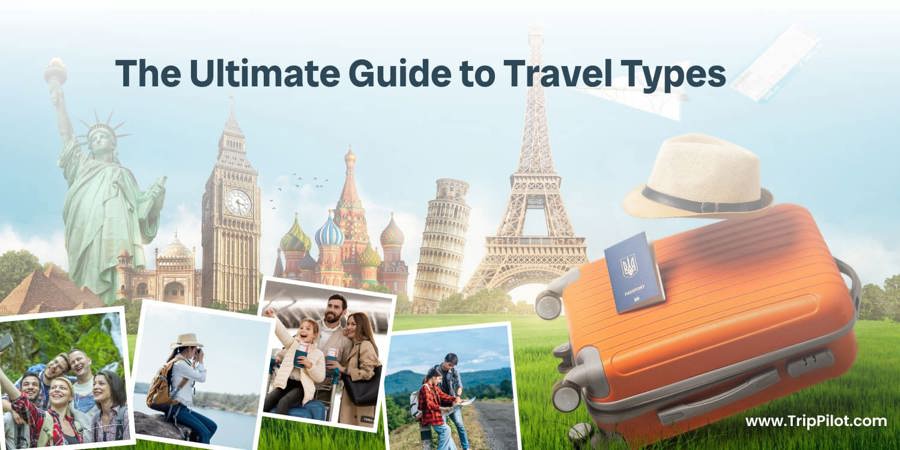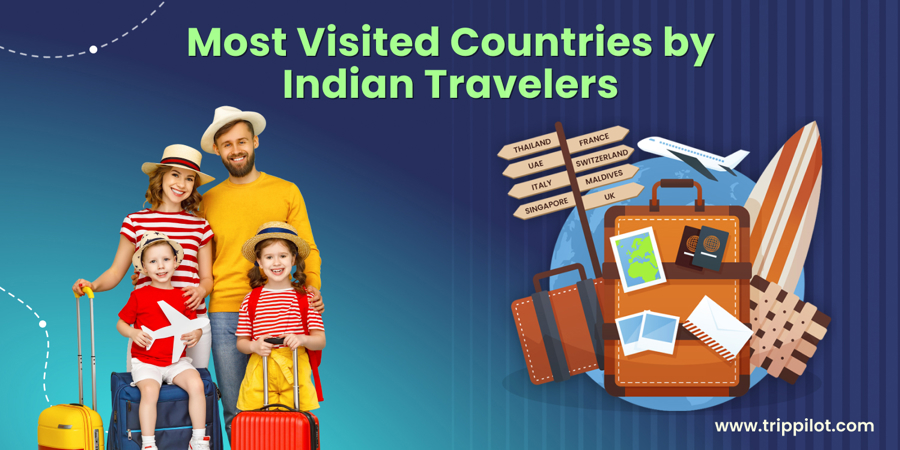centuries-old courtyard. You stretch your legs beside the East Pagoda, feel the ocean breeze from Luoyang Bridge, and imagine merchant ships sailing from this port along the Maritime Silk Road. Six days later, you’re standing atop Victoria Peak in Hong Kong, watching neon lights flicker on the harbour while your phone pings with your next TripPilot-suggested dining stop.
Travelling in Southern China doesn’t have to be chaotic or superficial. You deserve an itinerary that balances rich heritage, local flavour, modern contrasts and doesn’t leave you exhausted by the end. That’s where TripPilot, your AI-powered travel planner, steps in: it anticipates journeys, checks train times, recommends meals, and adapts to your pace in real time.
Key Takeaways
- Dive deep into Fujian’s heritage: Quanzhou’s temples, tea culture, and coastal legends
- Blend traditional stops (tea farms, ancient mosques) with modern urban life (Xiamen, Shenzhen, Hong Kong)
- Travel smart by train: Xiamen–Hong Kong high-speed rail makes last-leg transit accessible (≈ 3.5–4 hours)
- Cultural & practical tips: best times to visit, visa/immigration pointers, local food, navigation pointers
- TripPilot helps you optimise each stop—book hotels, adjust timing, suggest local hidden gems, and send real-time alerts
Table of Contents
Explore Southern China in 6 Days.
- Day 1: Rustic Quanzhou – Gateway of the Maritime Silk Road.
- Day 2: Anxi Tea Hills & Transfer to Xiamen.
- Day 3: Xiamen Highlights & Move Toward Guangdong.
- Day 4: Shenzhen Urban & Cultural Immersion.
- Day 5: Welcome to Hong Kong — Tradition, Skyline & Flavours.
- Day 6: Deep Dive Hong Kong & Departure.
Explore Southern China in 6 Days
Day 1: Rustic Quanzhou – Gateway of the Maritime Silk Road
Begin your trip in Quanzhou, Fujian Province, a city that once served as a major hub on the Maritime Silk Road.
Spend your morning at Kaiyuan Temple, one of Quanzhou’s oldest Buddhist sites. Wander among its halls and twin pagodas. It’s a chance to sense the layered history where religious, commercial, and foreign influences merged.
From there, head to the Quanzhou Maritime Museum, located near or within the temple precincts. It offers an informative look at how Quanzhou was once among China’s busiest ports engaging trade with Southeast Asia, Persia, and beyond.
Afternoon: explore Luoyang Bridge—a remarkable stone bay bridge built in the Song dynasty, and still standing strong.
Later, stroll around Sanfang Qixiang (Three Lanes and Seven Alleys area) and the historic quarter to absorb old-city ambiance. Try local specialty snacks at street stalls.
Book a boutique guesthouse in the old tile-roof lanes—TripPilot can suggest well-reviewed lodging based on your preferences (quiet, local, good reviews).
Quanzhou blends coastal mysticism with deep spirituality. Use a personal travel planner to locate authentic tea houses or traditional markets nearby.
Day 2: Anxi Tea Hills & Transfer to Xiamen
Wake early and head into the hills around Anxi County. Arrange a short visit or tour of tea terraces where Tieguanyin is grown. Learn plucking or processing techniques; absorb rural Fujian scenery.
Afterwards, depart for Xiamen in the afternoon. The journey takes maybe 2–3 hours by road or train (depending on your connection). Use TripPilot to check available local transfers or coach/train options and pick the one with few-est changes or fastest time.
Arrive in Xiamen by evening. Settle into accommodation near the waterfront or old town. Enjoy dinner near Zhongshan Road (popular pedestrian street).
Evening wandering: try street food stalls (seafood pancakes, local Fujian snacks), and enjoy seaside views.
The platform’s AI travel planner will compare train versus car travel times, recommend the fastest connection, and even alert you to weather changes or delays.
Day 3: Xiamen Highlights & Move Toward Guangdong
Use the morning in Xiamen to visit Gulangyu Island by ferry (if time allows), or explore local temples, gardens, and coastal promenades. This adds contrast between rugged historical Quanzhou and mellow seaside culture in Xiamen.
Post-lunch, board a high-speed train from Xiamen to Hong Kong / Shenzhen region (or stay en route). Direct bullet-train connections run to Hong Kong West Kowloon in about 3.5 to 4 hours.
Depending on your onward overnight plan, you have options: you could stop in Shenzhen for the night (see Day 4), or travel directly into Hong Kong (if border / visa rules permit).
If you stop in Shenzhen, take an evening walk along Shenzhen Bay, or enjoy dinner at an urban hotpot or Cantonese restaurant.
TripPilot’s custom travel itinerary dashboard provides ticket booking links, train schedules, and recommended seat classes.
Day 4: Shenzhen Urban & Cultural Immersion
Morning in Shenzhen is your chance to see how a high-speed city blends creativity, tech, and green urban planning.
Places you might visit:
- Window of the World theme park (miniature landmarks) in western Shenzhen.
- Shenzhen Museum (History & Folk Culture) to understand how Shenzhen transformed from rural/district to Special Economic Zone.
- Dafen Oil Painting Village (local artist community).
- Gankeng Hakka Town or Nantou ancient city (traditional heritage pockets within modern Shenzhen).
Lunch recommendation: try Hakka-style food, or Cantonese dim sum in local neighbourhood joints. EastChinaTrip describes Shenzhen’s food as a fusion of migrant-population styles.
In the afternoon, use TripPilot to suggest an offbeat experience: maybe a guided hike on a hill with panoramic views (e.g., Nanshan vantage points), or an arts district such as OCT Loft.
Evening: board the high-speed train/border train to Hong Kong. Depending on timing, you’ll arrive in Hong Kong before or after dinner.
Want to skip crowds or find hidden cafés? TripPilot’s personal travel itinerary uses AI insights and traveler data to guide you toward lesser-known gems — whether you’re into art, architecture, or street food.
Day 5: Welcome to Hong Kong — Tradition, Skyline & Flavours
Arrive in Hong Kong, check into your hotel (choose Central / Kowloon depending on your style).
Morning: ride the Peak Tram or take the walkway to Victoria Peak for panoramic city and harbour views. Then visit Man Mo Temple or wander through Sheung Wan alleys.
Lunch: try dim sum in an old-style teahouse. Use TripPilot to suggest top-rated local restaurants (with availability booking).
Afternoon: explore neighbourhoods such as Mong Kok (street markets, sneaker stalls), Tai O fishing village (if you want light side trip), or Tsim Sha Tsui promenade.
Evening: enjoy a harbour-side dinner or a rooftop bar. Maybe catch the Symphony of Lights (if season permits), or ride the Star Ferry at dusk.
When you create a travel itinerary online, TripPilot automatically syncs all your activities, ensuring you never miss the city’s best moments.
Day 6: Deep Dive Hong Kong & Departure
Spend your final day in one theme or slice of Hong Kong you haven’t yet explored: choose one of the following (or combine):
- A culinary walking tour in the backstreets of Kowloon
- Street-art / urban heritage walk in Sham Shui Po
- Day-trip to Lantau Island (Big Buddha / Ngong Ping 360)
- Shopping in Causeway Bay / local fashion boutiques
- Optional treat: board the tram or ferry to see the sunset skyline
Plan your onward departure (airport or ferry).
Before you leave, allow TripPilot to summarise your travel expenses, flag any upcoming border/visa check-ins, and suggest a quick souvenir-shopping map so you don’t miss local handicraft shops.
Travel Tips & Local Insights
# Best Time to Visit
Autumn and spring are ideal: Fujian (Quanzhou / Xiamen) has mild weather, while the Hong Kong / Guangdong climate is comfortable. Try avoiding typhoon season (usually summer/early autumn).
# Connectivity & Visas
Depending on your nationality, you may need to check visa or entry permits for the Mainland China / Hong Kong border crossing. Also check high-speed rail border-clearance timing at Hong Kong West Kowloon station (immigration procedures onboard or at the station). Use TripPilot’s visa-alert feature to verify your passport requirements.
# Local culture & etiquette
- In Fujian, tea culture is deeply respected. Dress modestly when visiting temples.
- In Shenzhen / Guangdong, mobile payments (WeChat Pay / Alipay) are common; cash is rarely used.
- Use Mandarin (or local dialects) for polite greetings; in Hong Kong, Cantonese and English signage is common.
# Budgeting & Booking Strategy
- Booking high-speed train tickets in advance can save cost or secure preferred seats.
- TripPilot can help you monitor fare fluctuations and reserve seats ahead of time.
- When staying near transport hubs, expect slightly higher lodging rates — TripPilot helps you compare ratings vs price vs proximity vs review-recency.
Frequently Asked Questions
Are there direct high-speed trains from Xiamen to Hong Kong?
Yes. There are several direct high-speed / bullet train services between Xiamen (or Xiamen North) and Hong Kong West Kowloon. Travel China Guide Most journeys take between 3h 30m and 4h 30m, depending on train service. China Highlights+1
Is it safe to travel across the China–Hong Kong border by train?
Yes — the high-speed rail route includes immigration/customs clearance at the West Kowloon Station. It is a legal and well-managed border crossing. Be aware of your visa / entry permit status before booking.
What language or payment methods are used in Shenzhen / Hong Kong?
In Shenzhen, mobile payments are widely used (WeChat Pay / Alipay). English signage may be limited in smaller local eateries. In Hong Kong, English and Cantonese are common; credit-card payments are widely accepted, though occasional small-stall vendors may prefer cash.
How much time should I budget for Quanzhou & tea-hills if I’m interested in slow travel?
If you want deeper cultural insight (tea farm, rural villages, local markets), add a half-day extra in Day 2 or Day 3 to accommodate transport time, local chats, and breaks. TripPilot can suggest optional “slow-track” versions of your itinerary with extra margins.
Conclusion
Plan 6 days from Quanzhou to Hong Kong, Southern China, offers a journey that bridges centuries. Yet the real magic lies in how you plan it. With TripPilot’s AI travel planner, you can build a custom trip, personalize each stop, and create a travel itinerary online that aligns with your dreams — not just generic tour guides.
Explore more plans to travel to China:
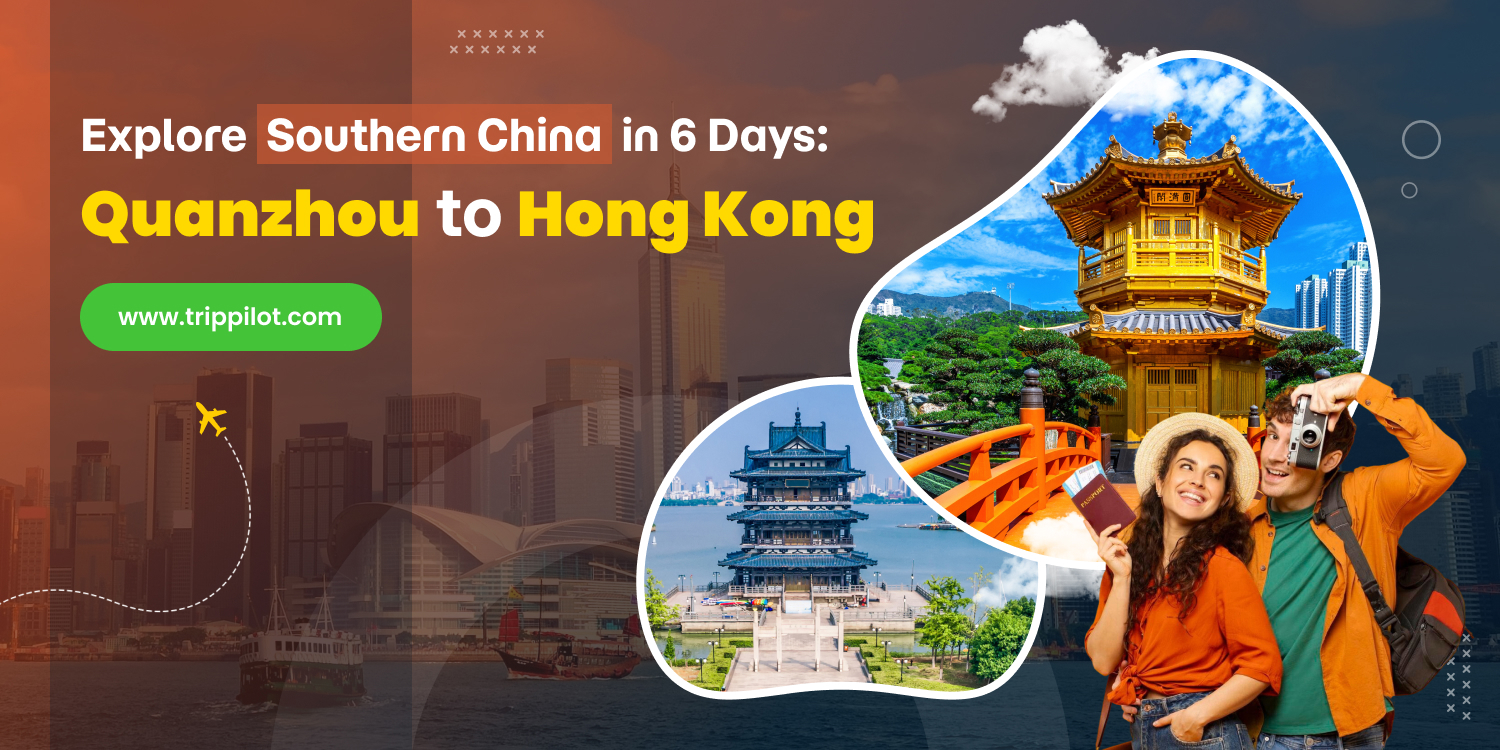






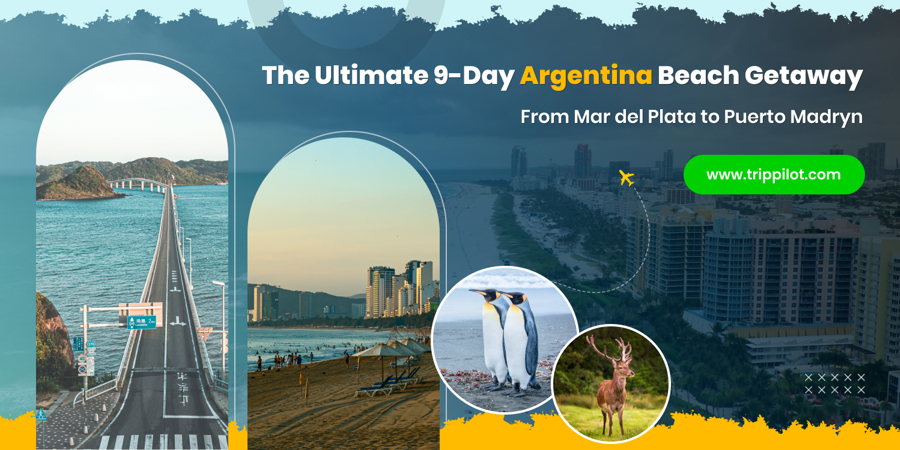
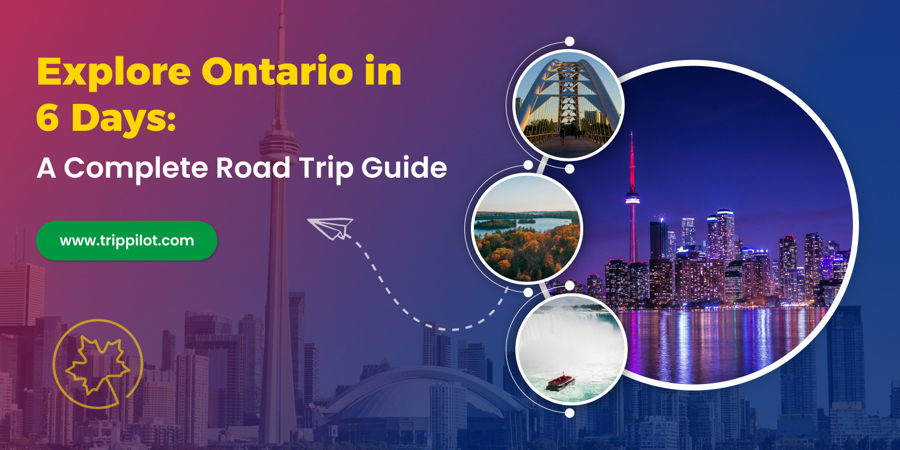

_900x450.jpg)


_900x450.jpg)
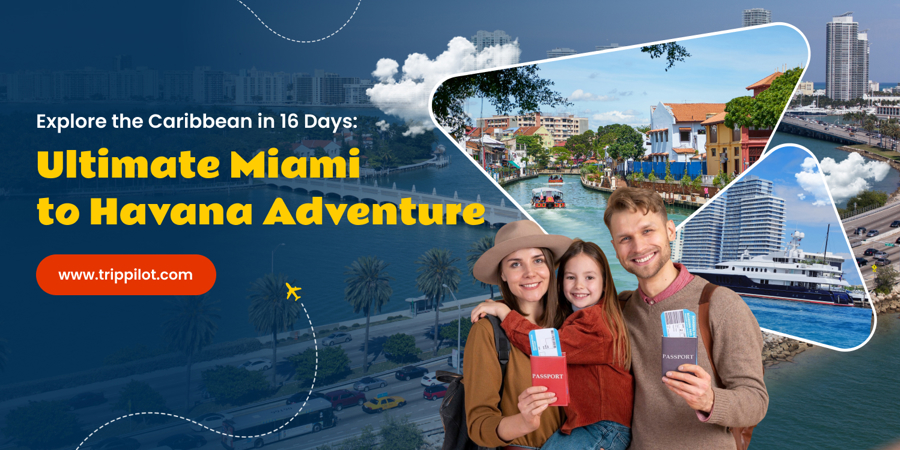
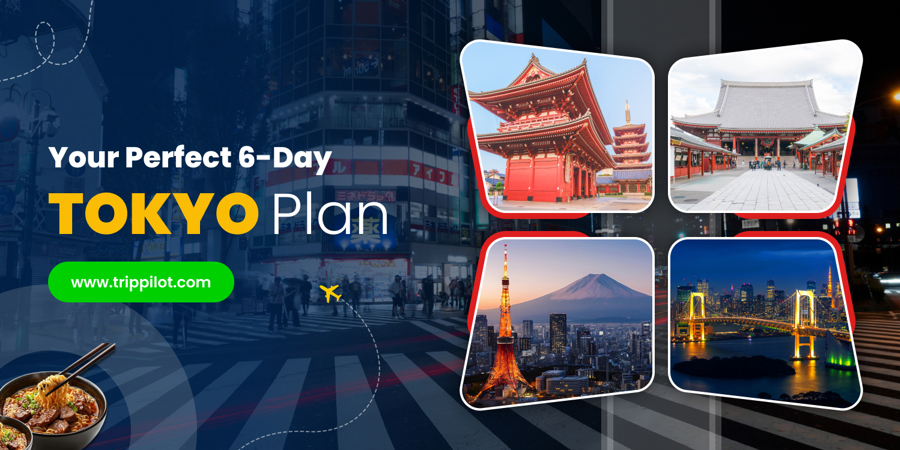
_900x450.jpg)




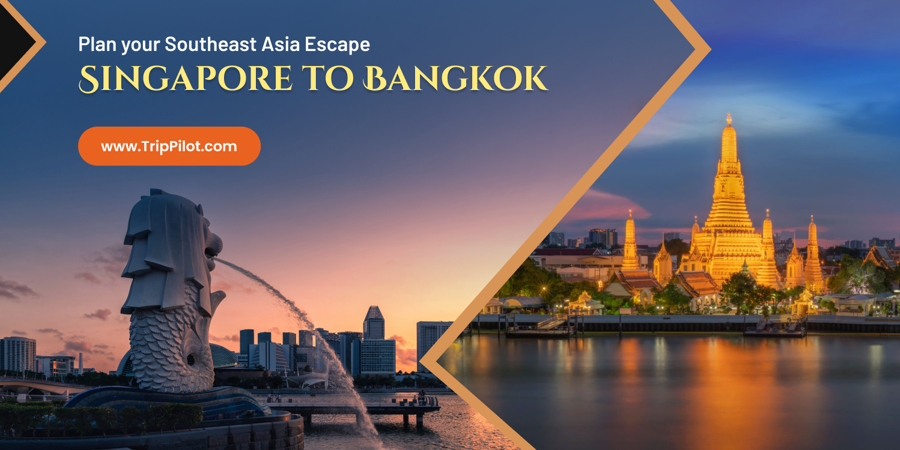
_900x450.png)



